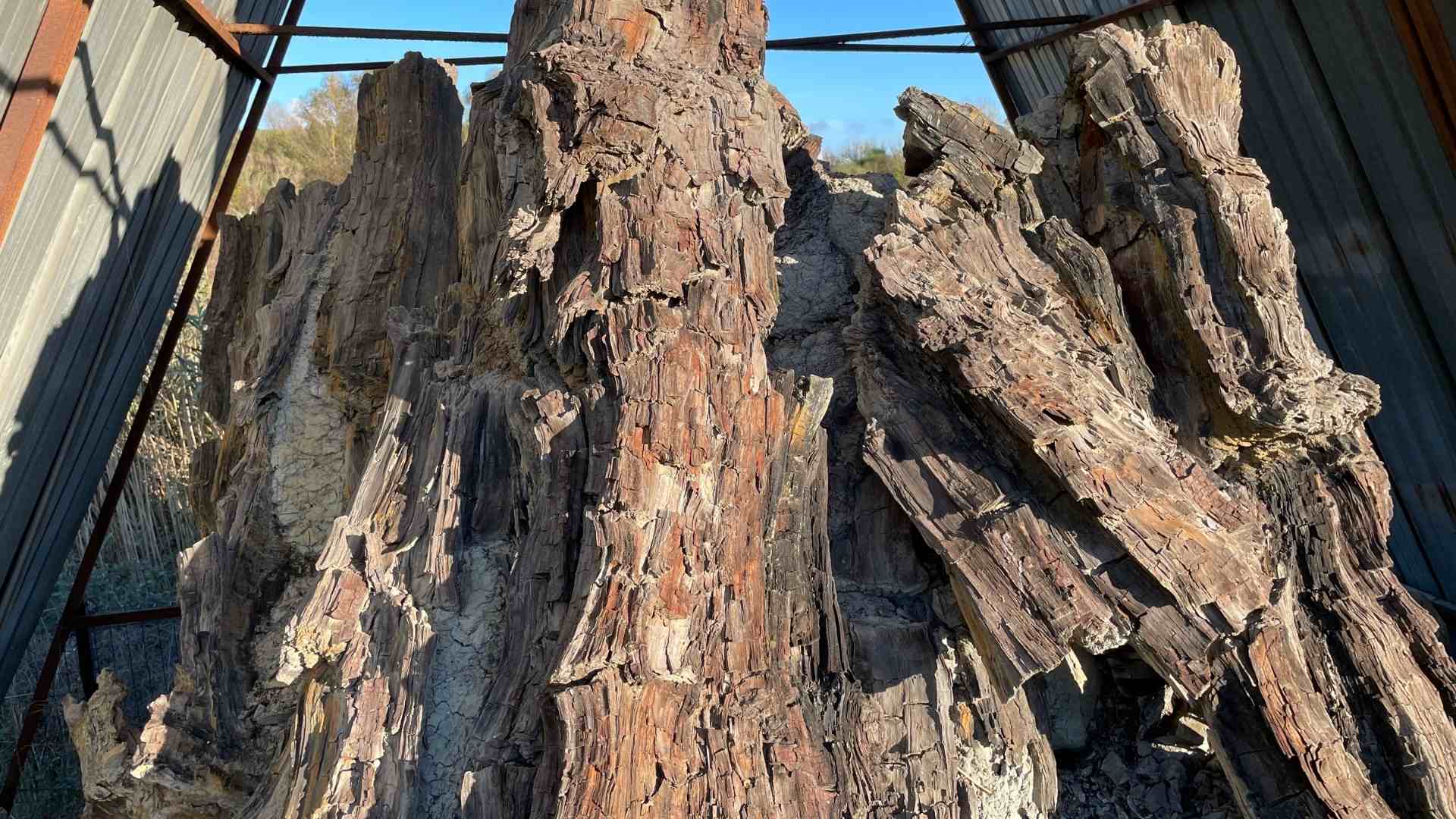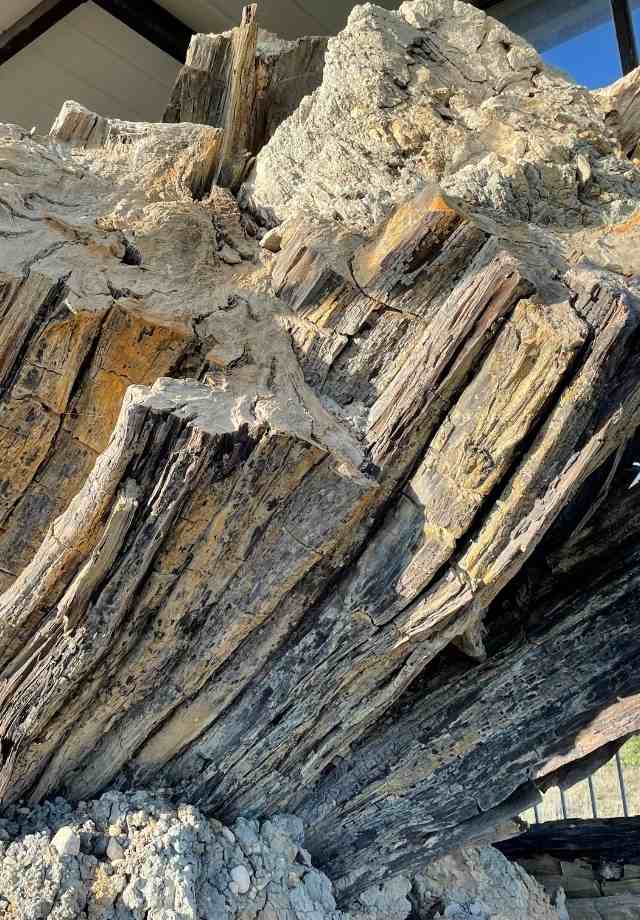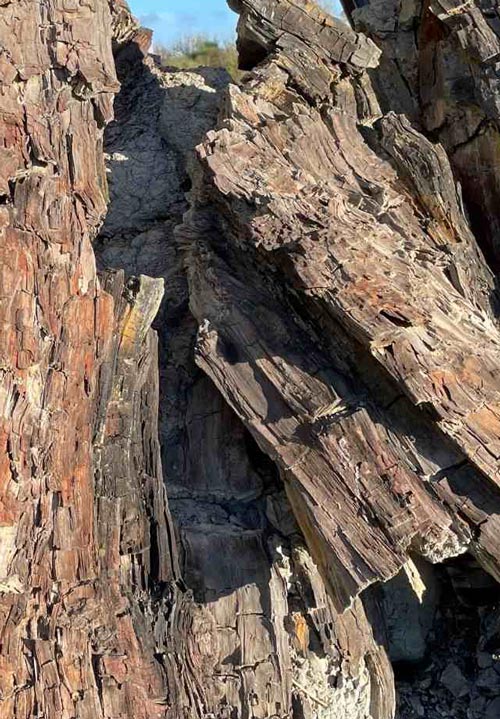punto di interesse
The Fossil Forest of Dunarobba
Parco
+39 0744940348
Monday: Closed
Tuesday: 10:00 am- 1:00 pm
Wednesday: 10:00 am – 1:00 pm
Thursday: 10:00 am – 1:.00 pm
Friday: 10:00 am – 1:00 pm
Saturday: 10:00 am – 1:00 pm and 2:00 pm – 5:00 pm
Sunday: 10:00 am – 1:00 pm and 2:00 pm – 5:00 pm






